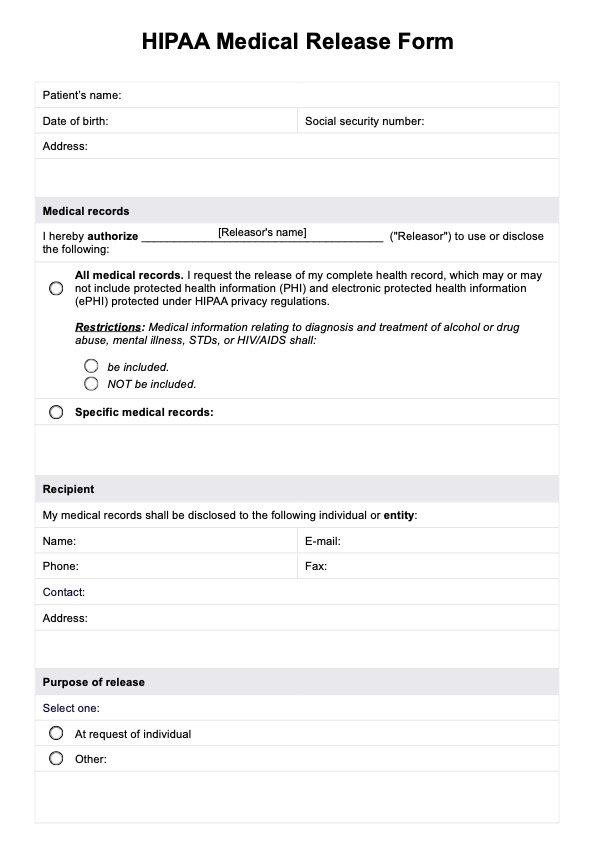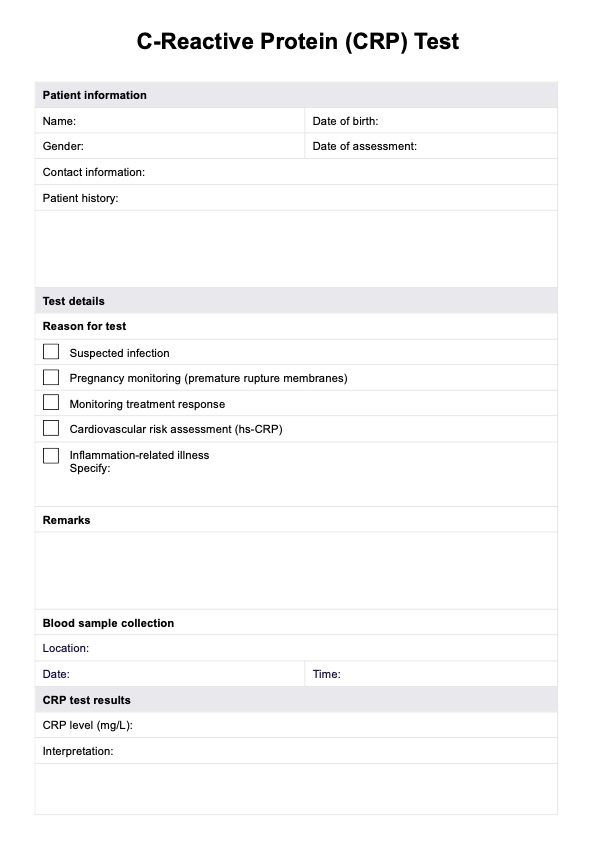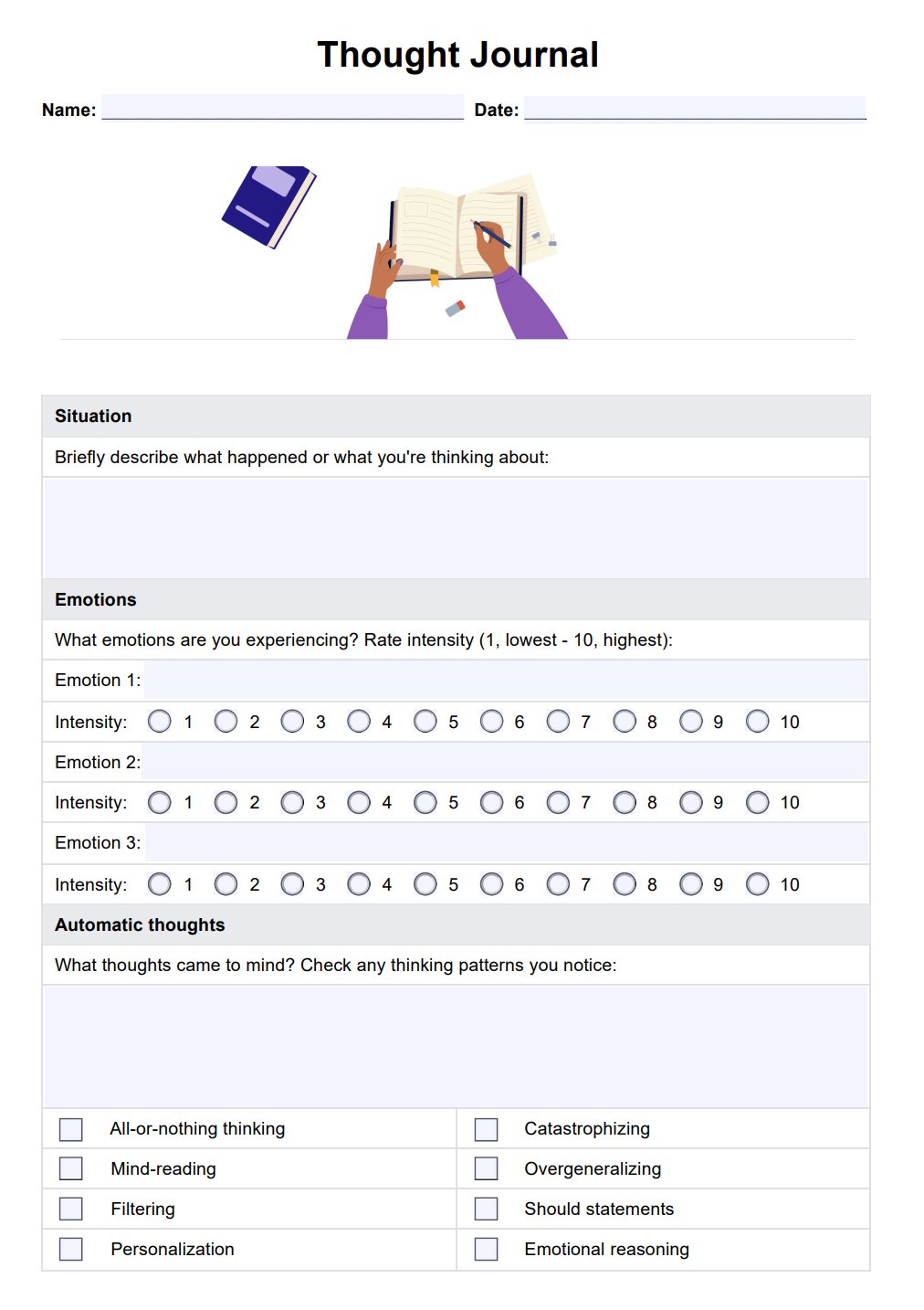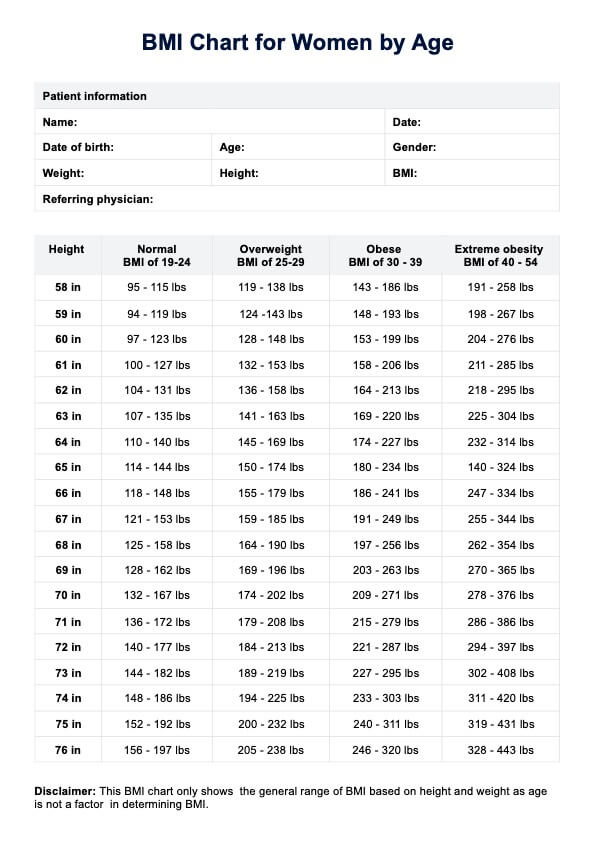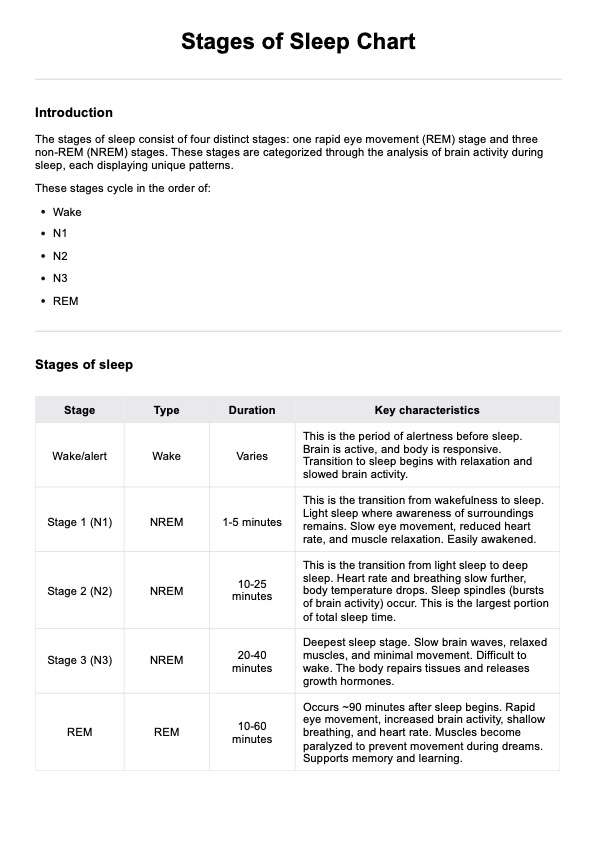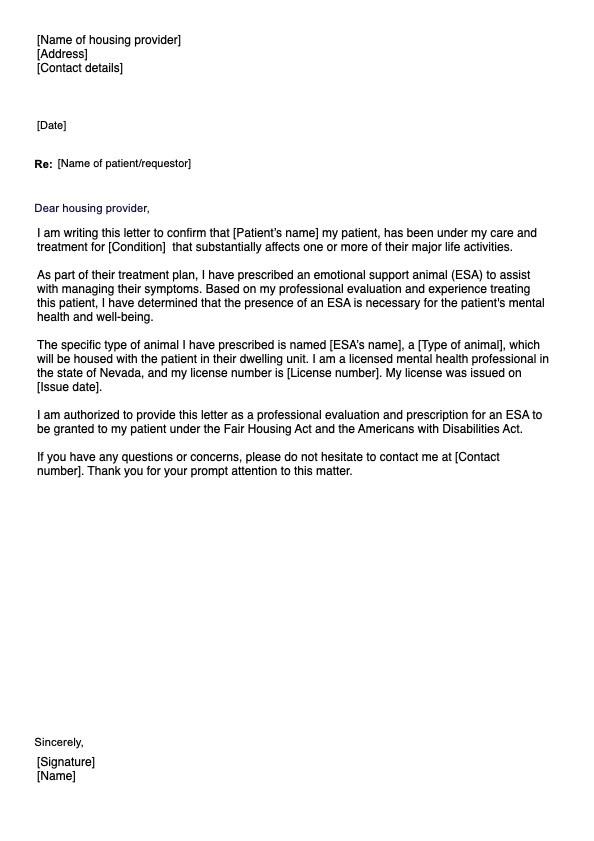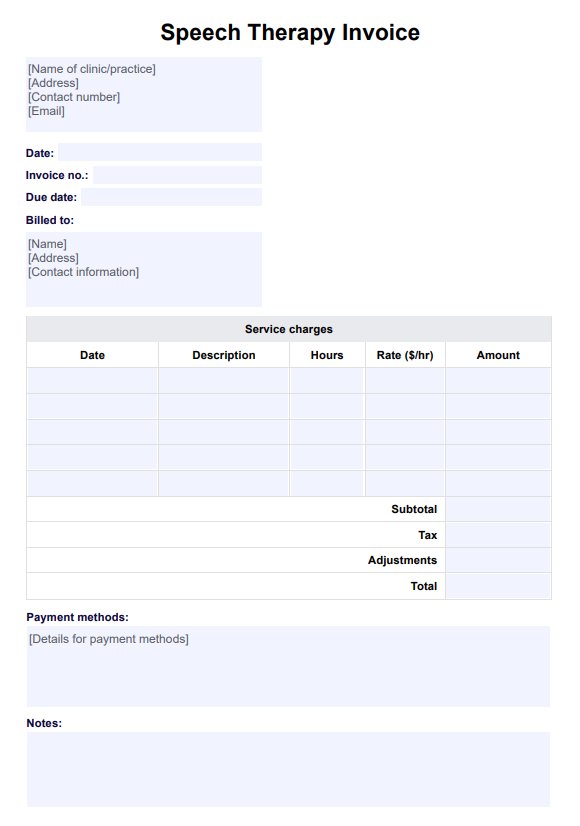Las posibilidades de contraer meningitis varían en función de factores como la edad, el estado inmunitario y la exposición a agentes patógenos, pero en general se considera una enfermedad rara.
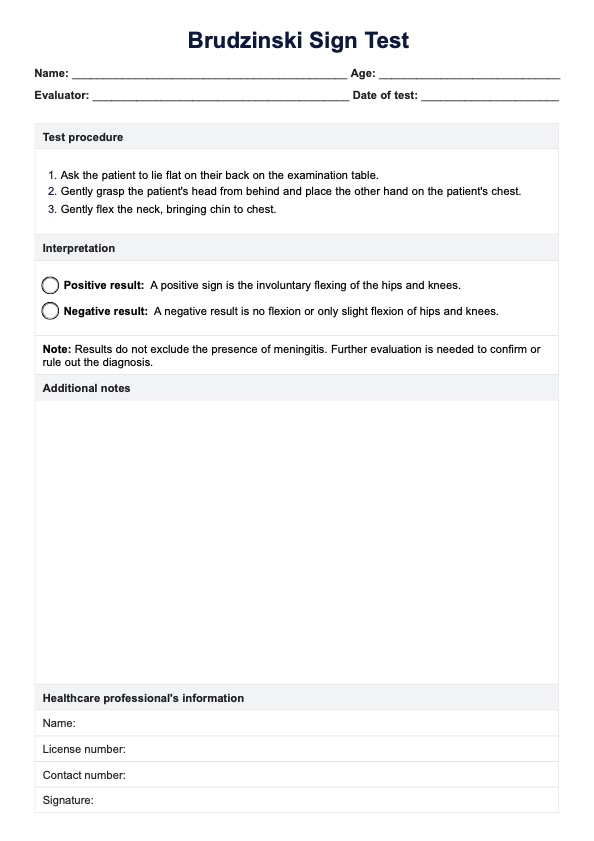
Prueba de signos de brudzinski
Explore la prueba del signo de Brudzinski para el diagnóstico de la meningitis, incluidos los pasos de la prueba, la interpretación y las opciones de tratamiento. Puede descargarlo gratuitamente en PDF.
Use Template
Prueba de signos de brudzinski Template
Commonly asked questions
Un signo de Brudzinski positivo se produce en pacientes ancianos con meningitis porque la inflamación de las meninges aumenta su sensibilidad, provocando movimientos reflejos de las piernas cuando se flexiona el cuello.
El signo de Brudzinski se asocia principalmente a la meningitis, indicando específicamente irritación o inflamación meníngea.
EHR and practice management software
Get started for free
*No credit card required
Free
$0/usd
Unlimited clients
Telehealth
1GB of storage
Client portal text
Automated billing and online payments


